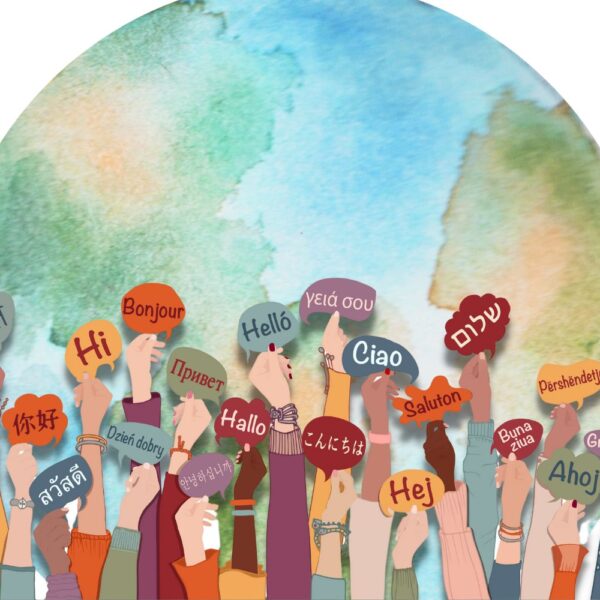Unearthing Language Oddities: Intriguing alphabets and scripts
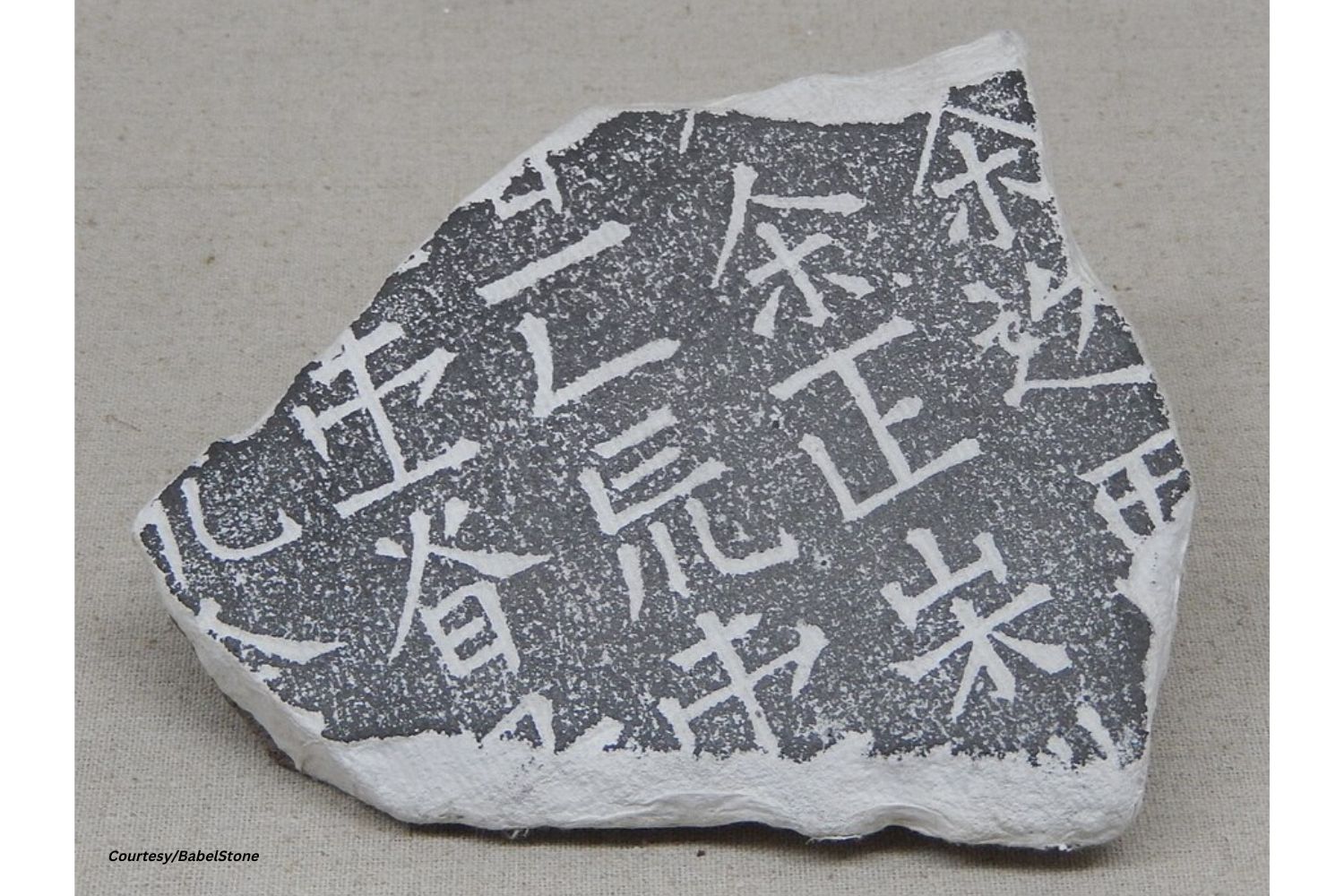
Language is dynamic and ever-evolving and boasts a rich tapestry of scripts and alphabets. While some are instantly recognizable, like the Roman alphabet or Chinese characters, a fascinating world of obscure and unique writing systems defying convention exists.
This piece will explore some of the most peculiar and intriguing scripts from around the globe.
The Linear A Script – The Enigma of Minoan Civilization
The Linear A script, discovered on the island of Crete, Greece, belongs to the ancient Minoan civilization that was used from around 1800 to around 1450 BC. Linear A is a mixed script consisting of 60 phonetic symbols representing syllables and 60 representing sounds and concrete objects or abstract ideas.
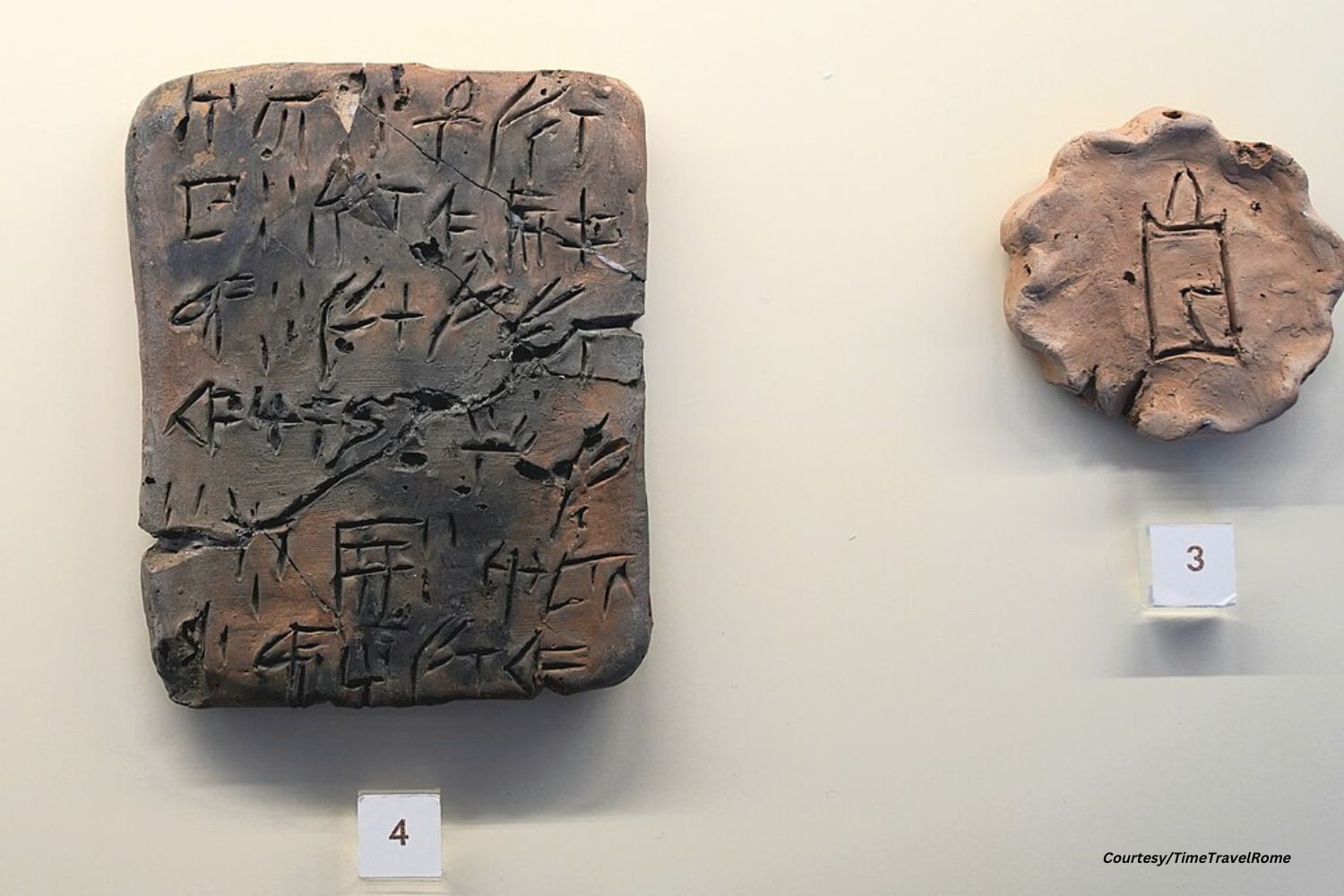
Despite extensive efforts, Linear A remains largely undeciphered, rendering it a cryptic relic of an ancient culture. Researchers are still working tirelessly to unlock the secrets concealed within its symbols.
The Cherokee Syllabary – A Remarkable Adaptation
The Cherokee syllabary is a testament to the power of innovation within linguistic communities. Invented by Sequoyah, a Cherokee silversmith, in the early 19th century, this script enabled the Cherokee Nation to quickly adopt literacy in their own language.
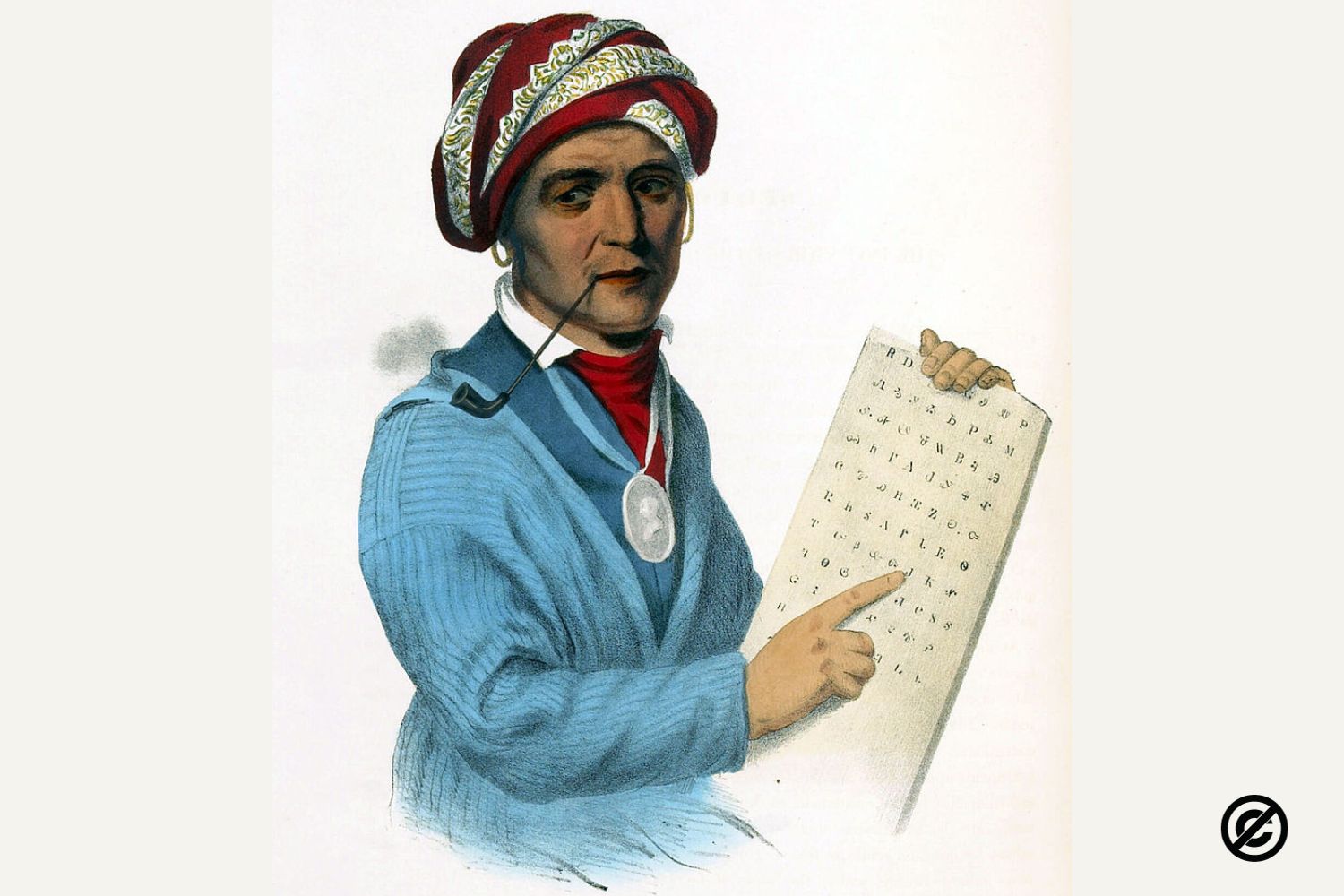
Its characters represent syllables rather than individual sounds, making it one of the most unique writing systems in North America.
The Tangut Script – Echoes from Ancient China
The Tangut script, Hsi Hsia — also known as Xixia or Western Xia — was used by the Tangut people who resided in what is now China. Its symbols are reminiscent of Chinese characters, yet they represent an entirely different language.
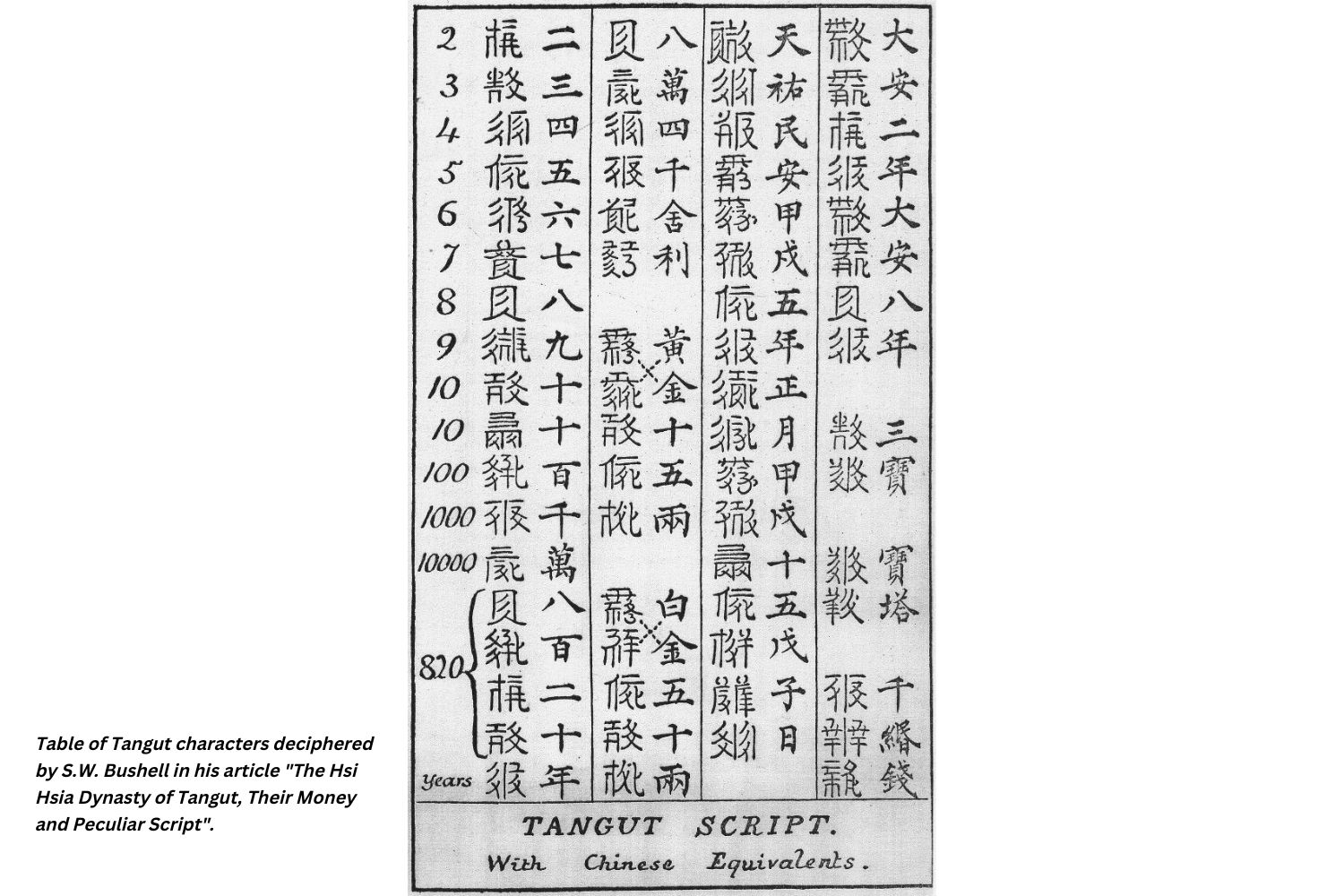
Unfortunately, this script was lost for centuries until its rediscovery in the early 20th century, shedding light on a culture that had long faded into obscurity.
The Khitan Scripts – Twin Mysteries of the Liao Dynasty
The Khitan scripts, known as the Large and Small scripts, were used by the Khitan people during the Liao Dynasty in northern China. The Large script, resembling Chinese characters, and the Small script, a more unique and angular script, both coexisted.

Despite their historical significance, much about these scripts remains shrouded in mystery, leaving scholars with tantalizing puzzles to solve.
The N’Ko Alphabet – Empowering African Languages
The N’Ko alphabet is a testament to the power of linguistic self-determination. Invented by Solomana Kante in the 1940s, it was designed to write the Mande languages of West Africa. There are about 40 Mande languages spoken by approximately 25 million people.
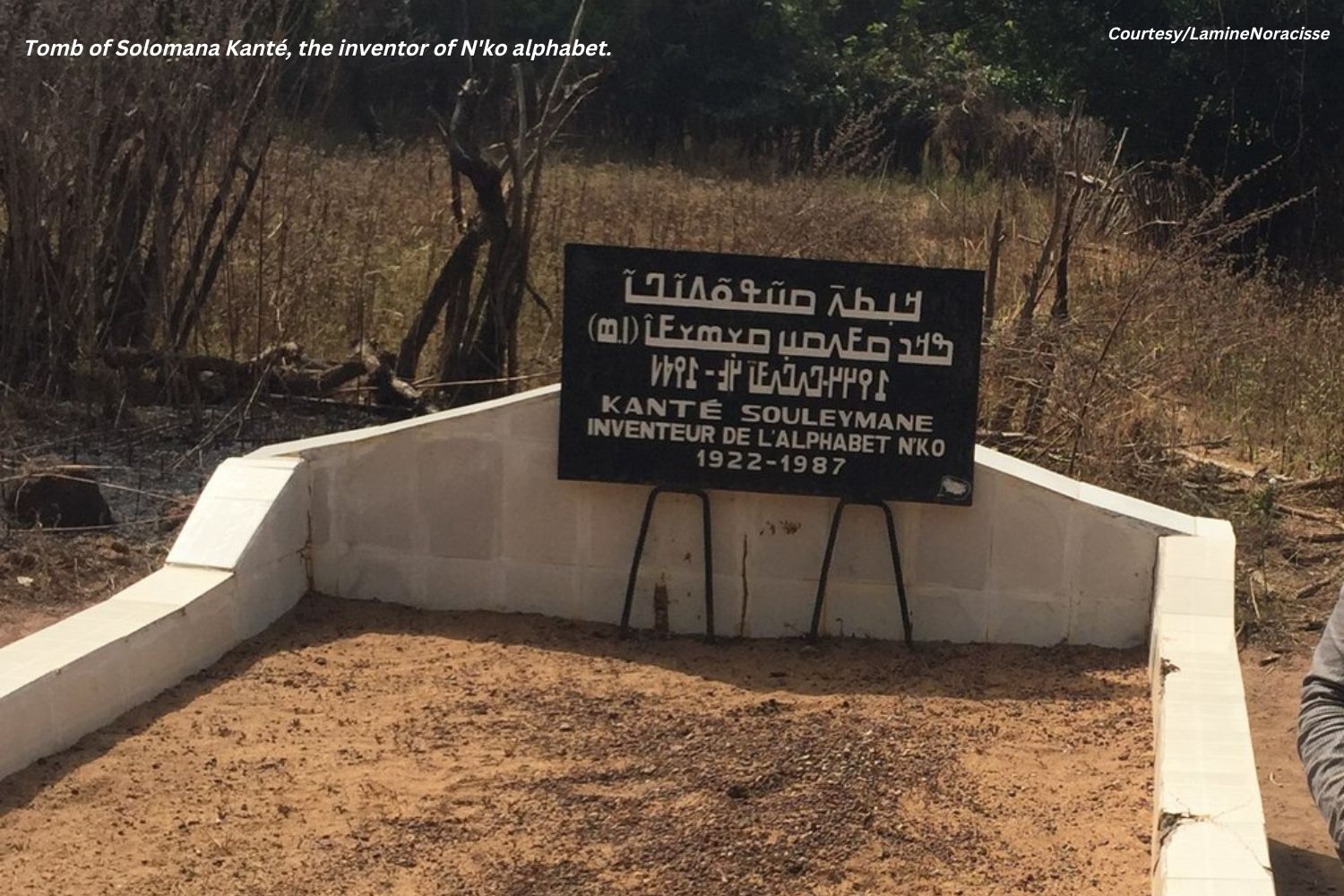
This script has not only preserved cultural heritage but also empowered speakers of these languages, providing them with a means to express their ideas in writing.
The Shorthand Scripts – Swift Communication in Symbols
Shorthand scripts, like Gregg Shorthand and Pitman Shorthand, were developed to increase writing speed for note-taking or transcription.
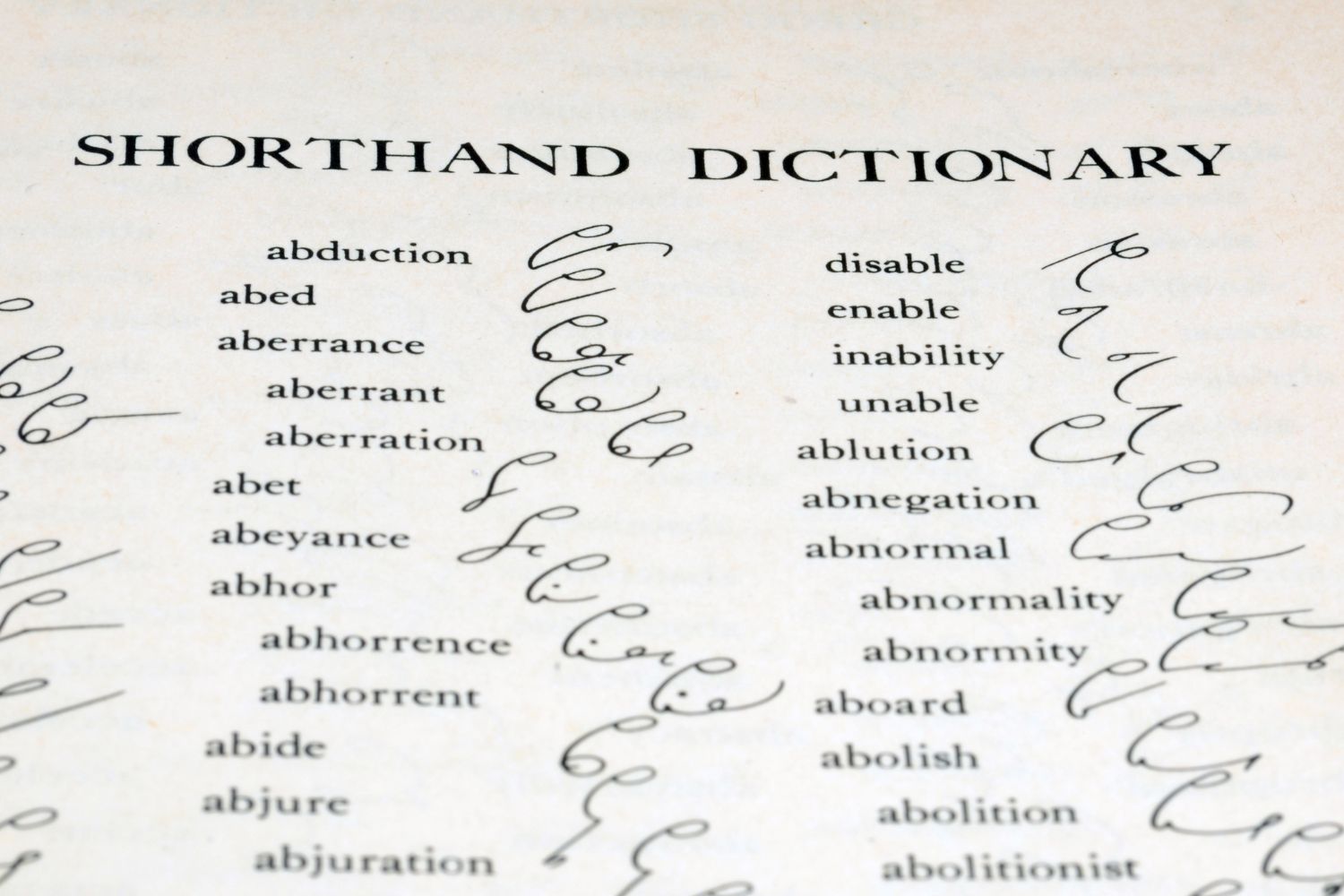
These scripts represent a fascinating intersection of language, design, and efficiency, allowing for the rapid capture of spoken words through cleverly designed symbols. Symbols and abbreviations are used instead of entire words or phrases to reduce the amount of time required to write down specific information.
These language oddities represent a testament to the ingenuity and creativity of humanity. From ancient enigmas to modern innovations, each script reveals a unique facet of human expression and adaptation.
Exploring these alphabets and scripts not only deepens our understanding of linguistic diversity but also reminds us of the profound impact that writing systems have on shaping cultures and preserving legacies.
Teneo Linguistics Company is a certified small, woman-owned business that specializes in a variety of customizable language services in over 180 languages. Get a quote today by visiting www.tlctranslation.com.


